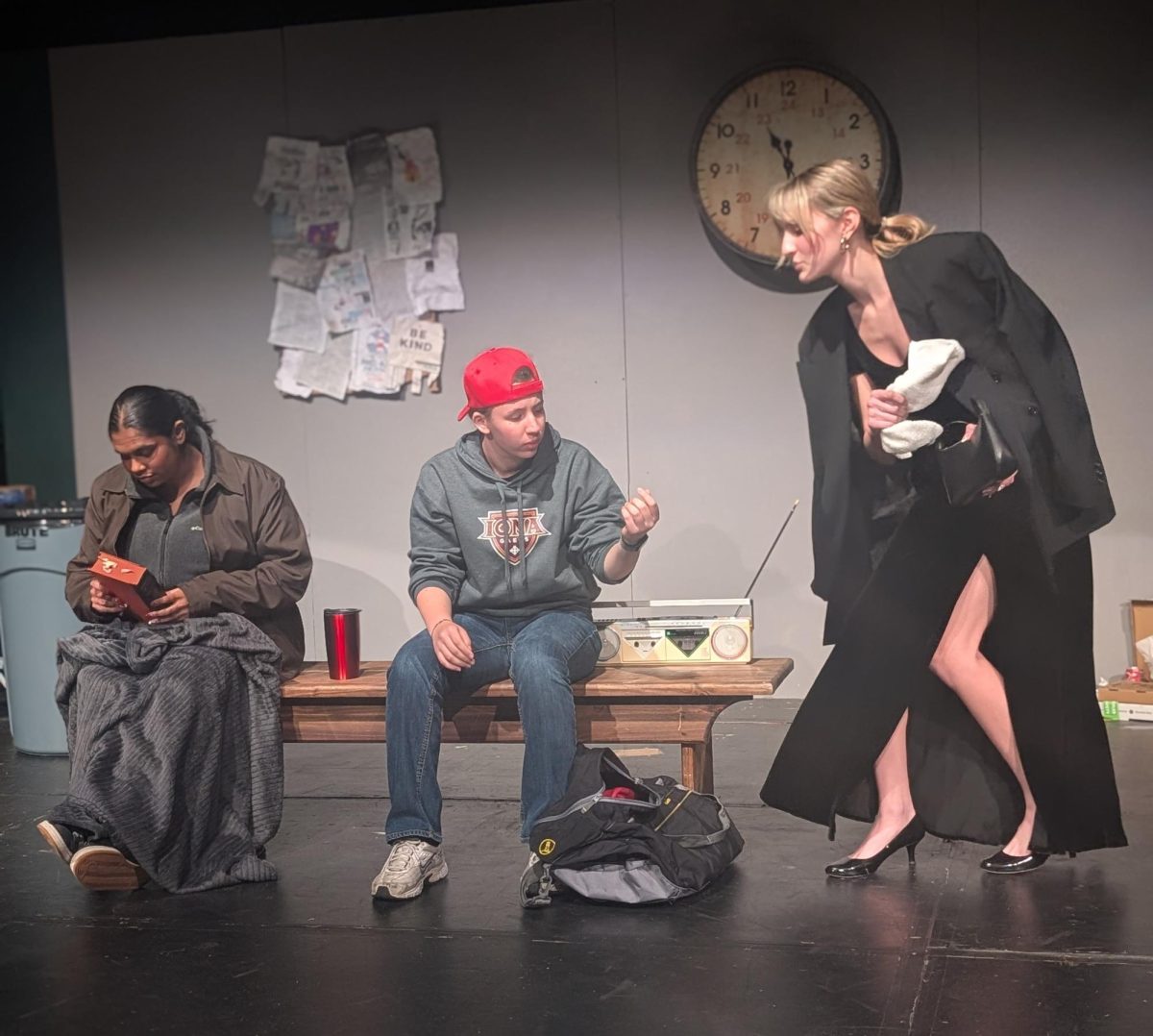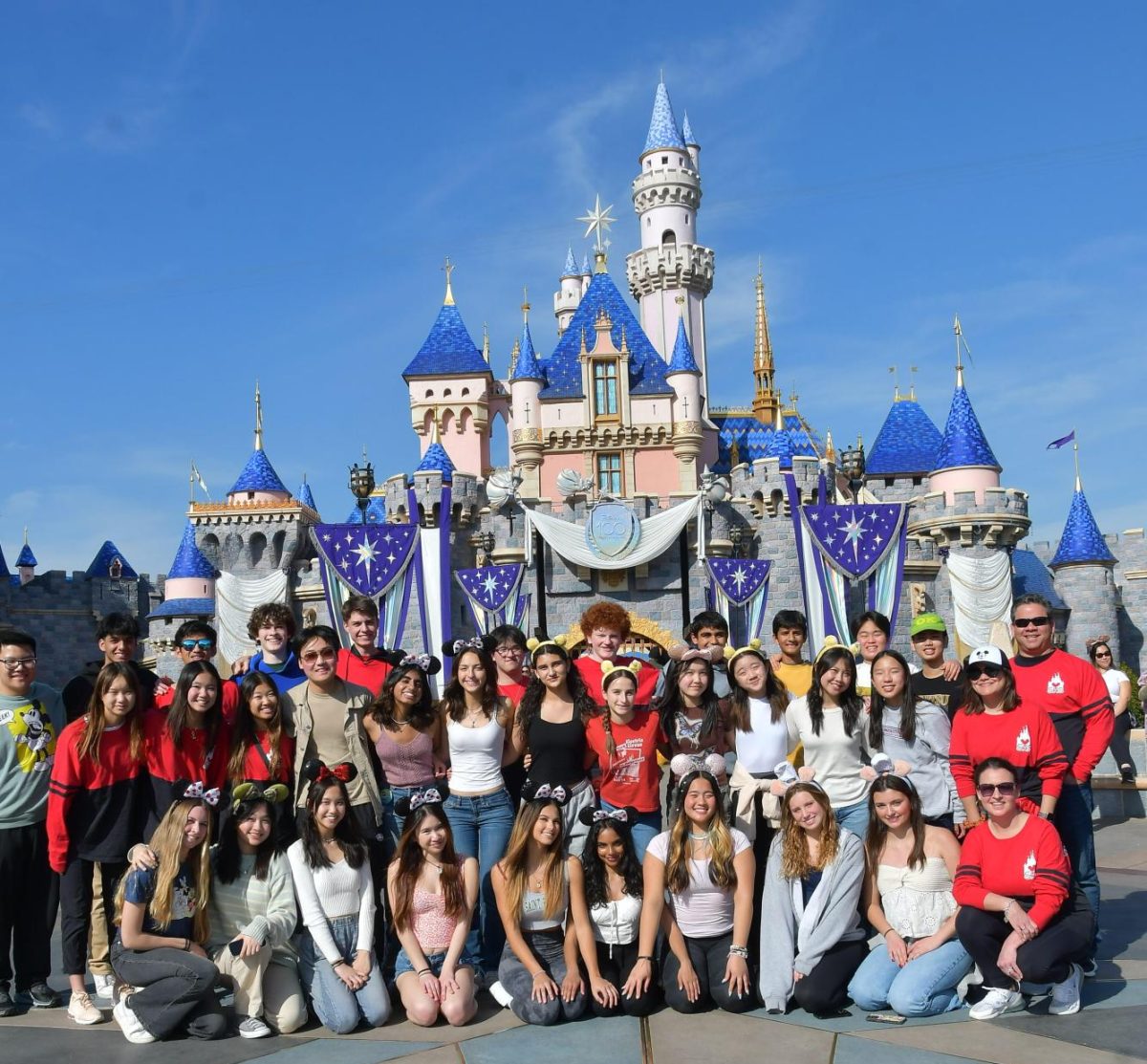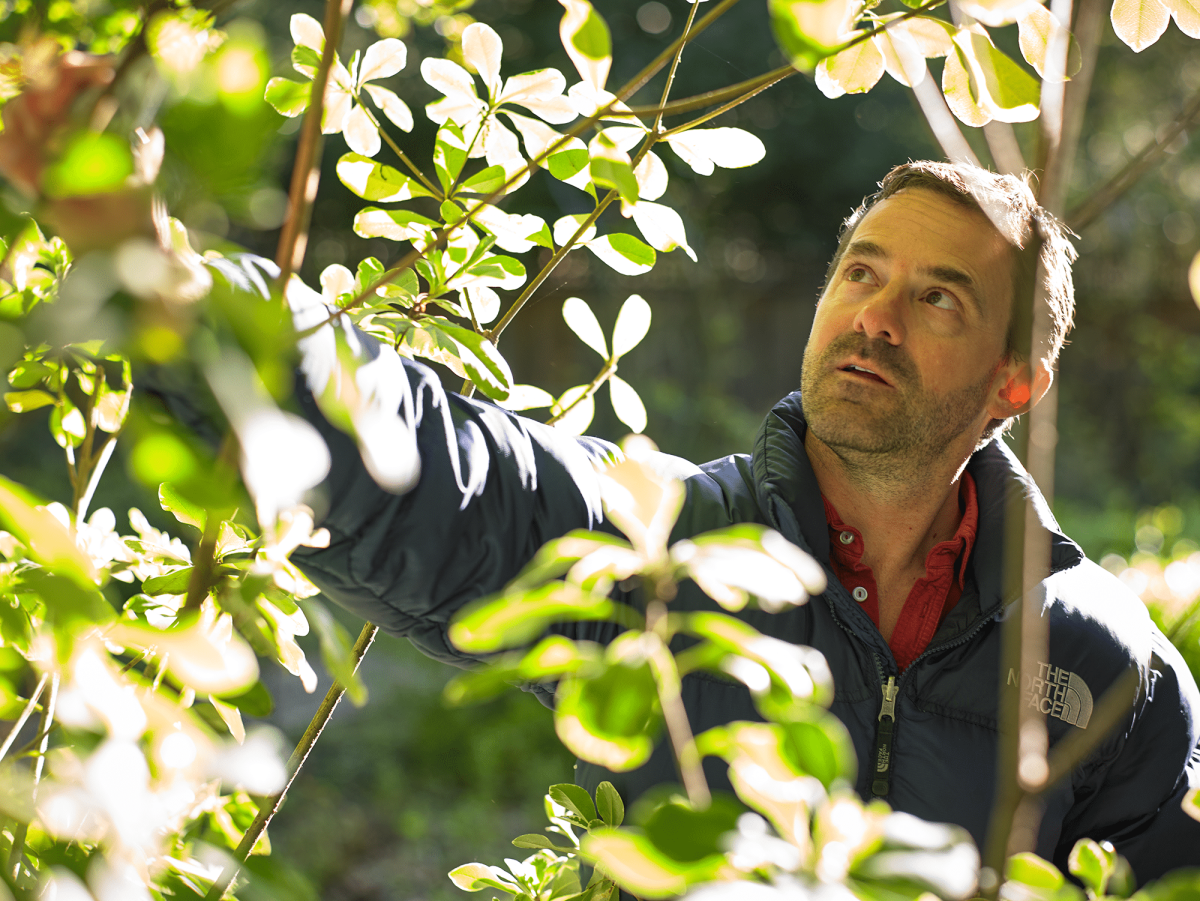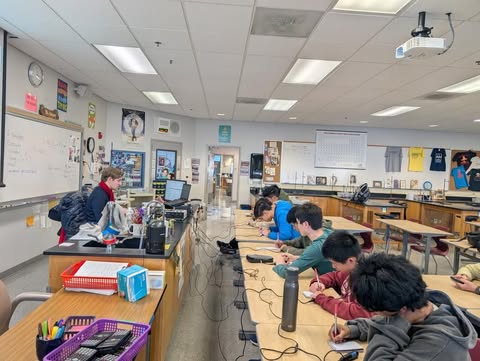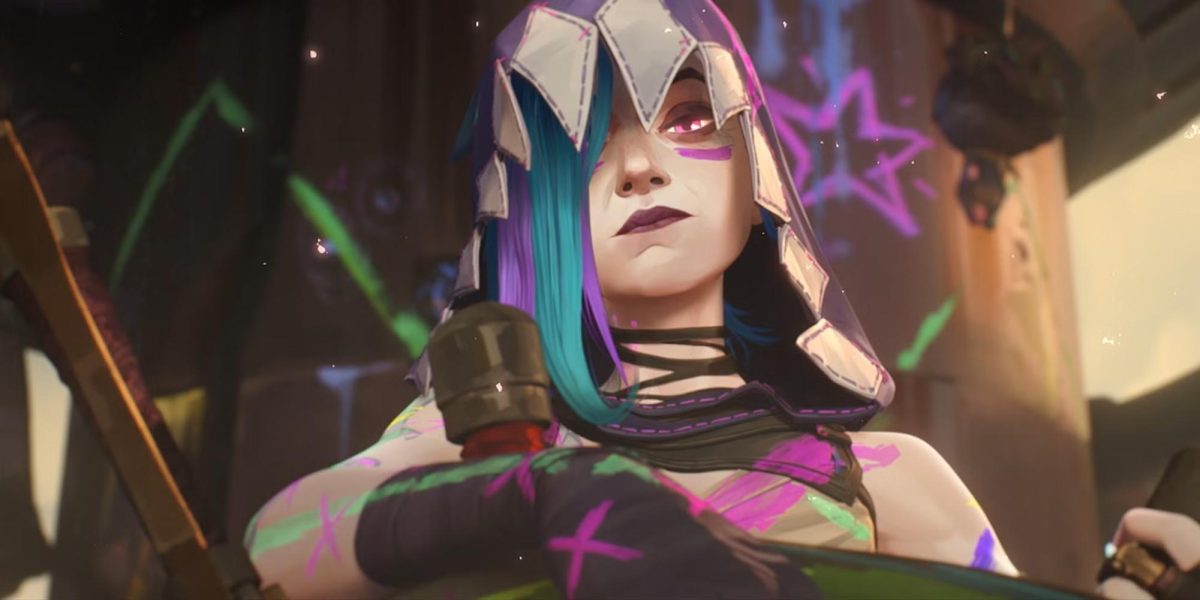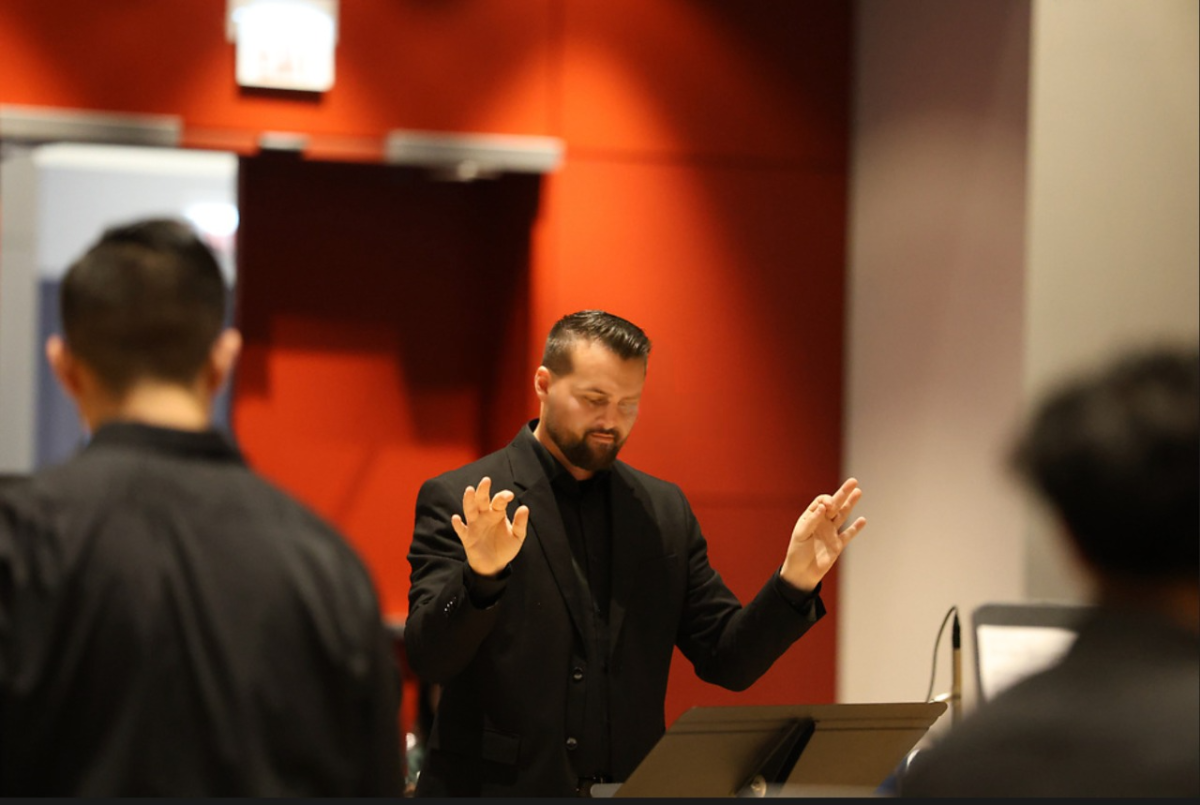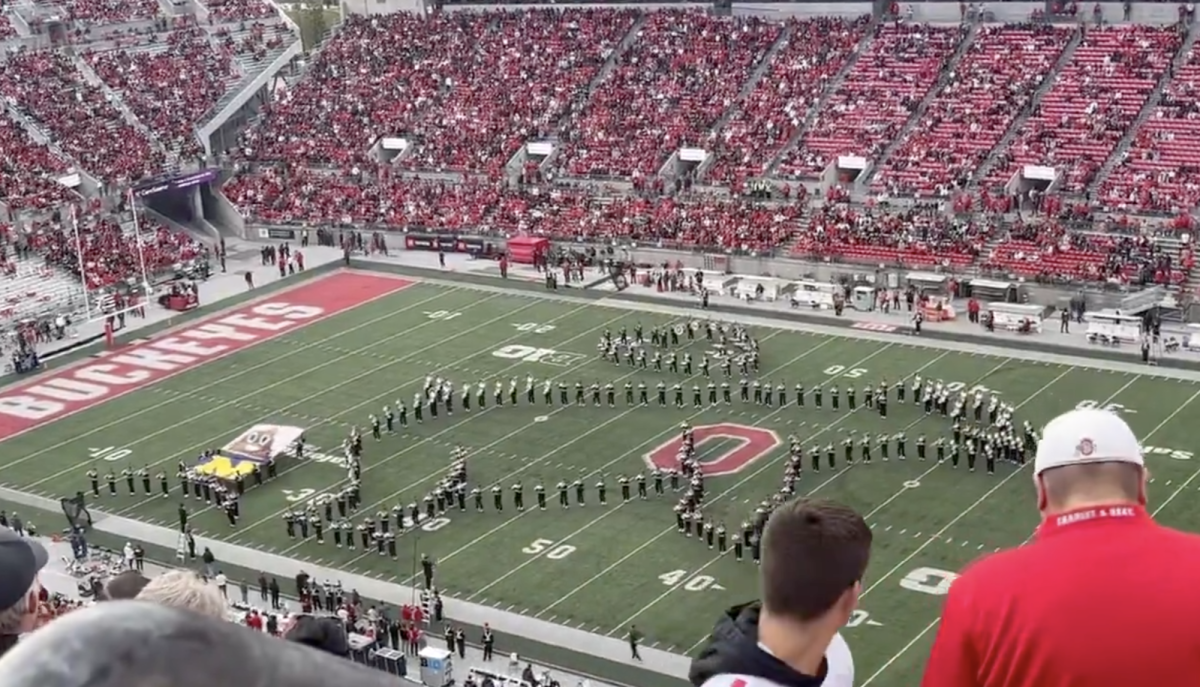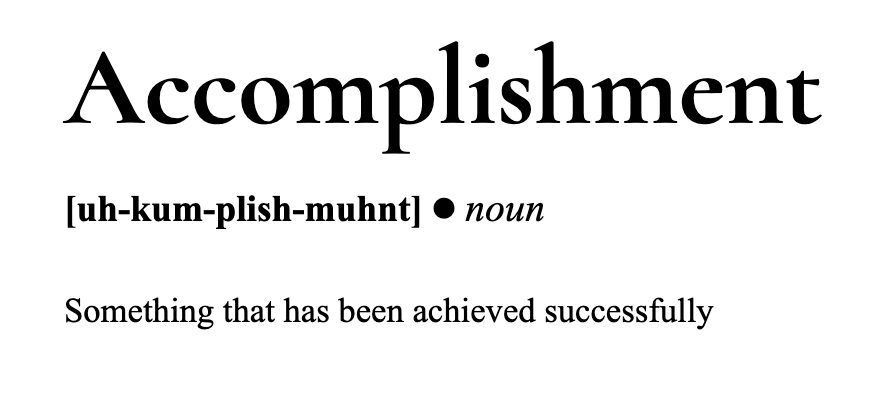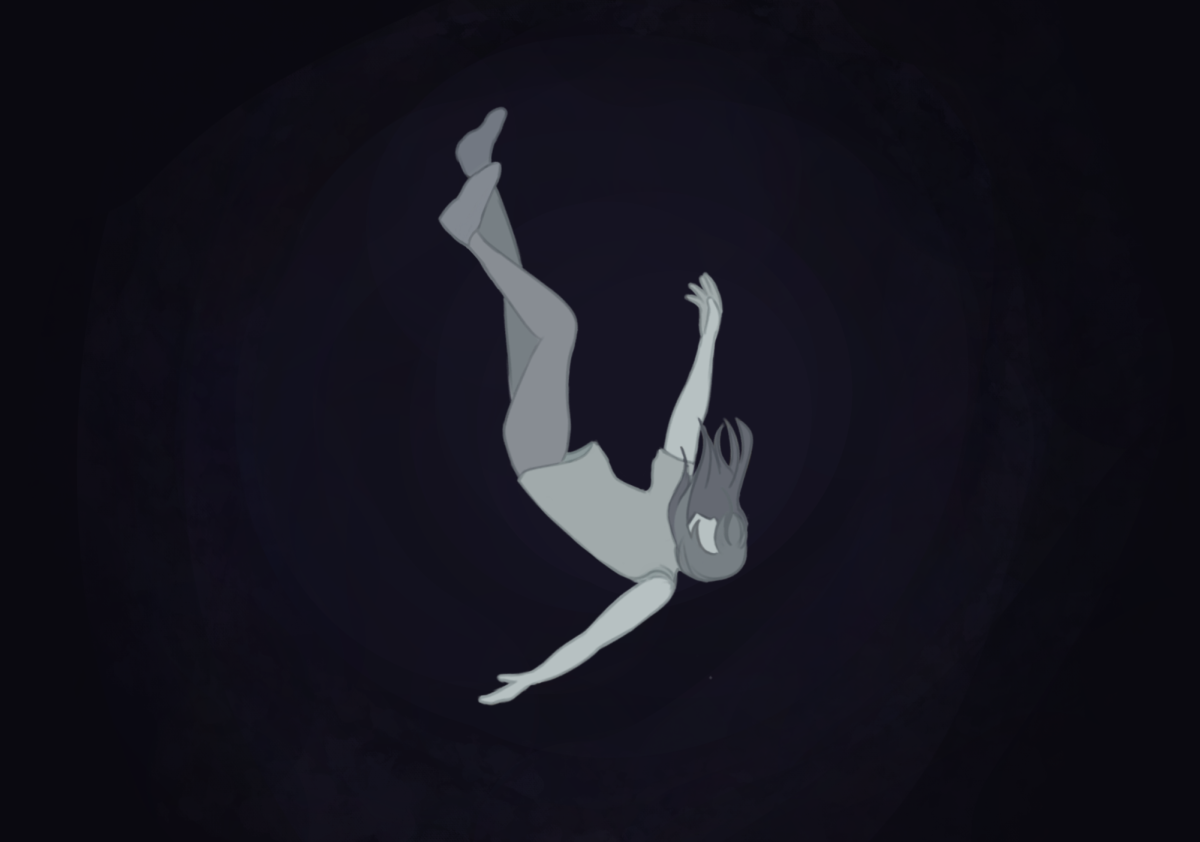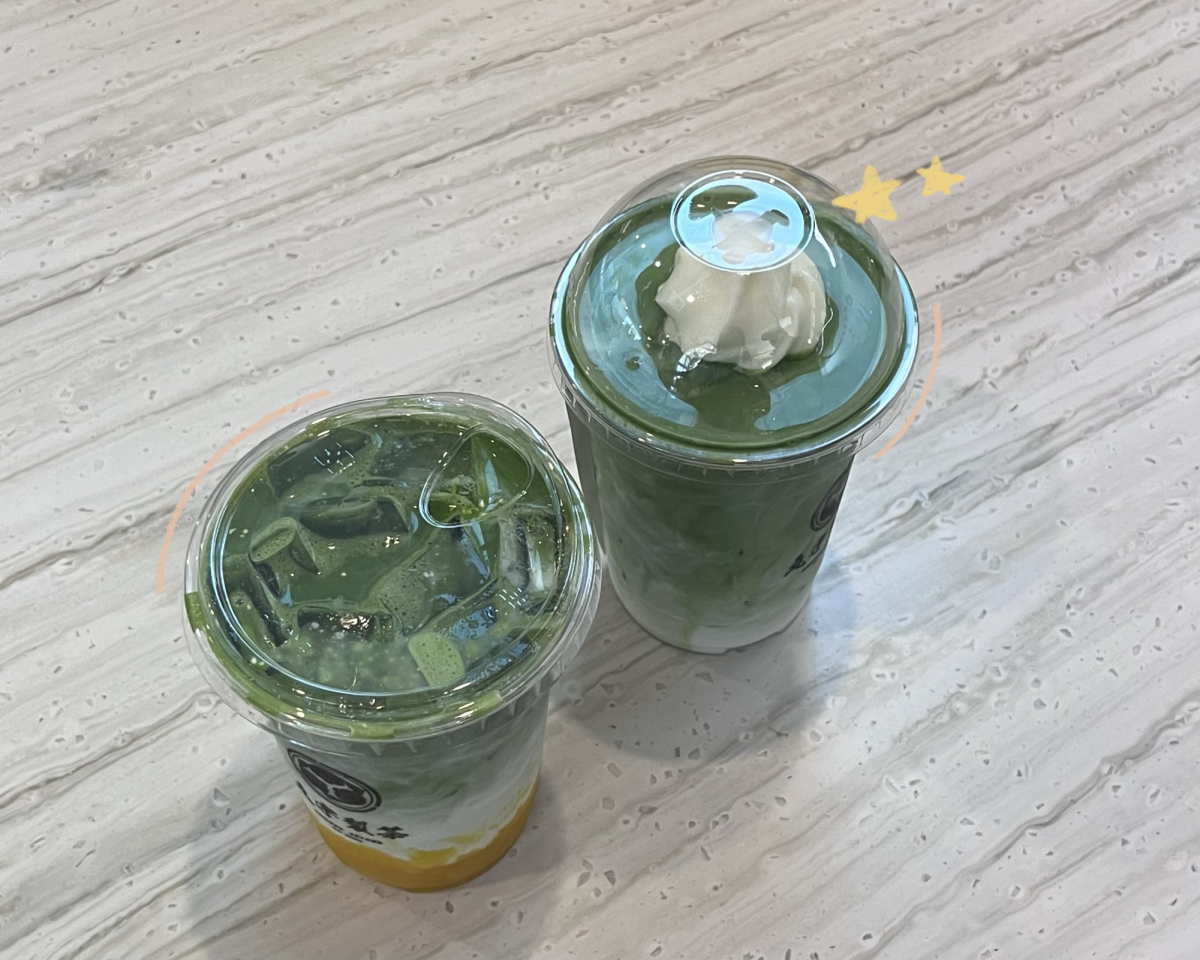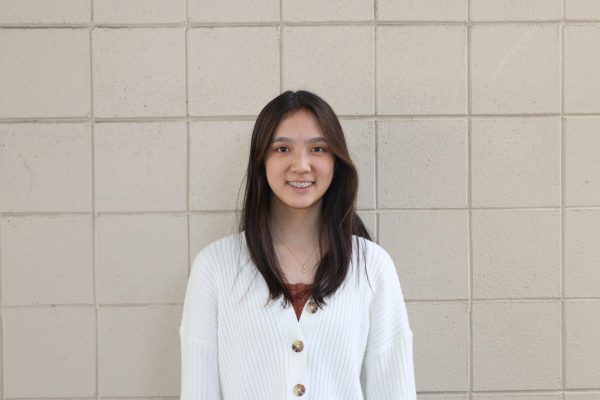Editor’s Note: Minor spoilers are in this review.
Three years in the making, “Arcane” Season 2 had towering expectations to meet. Season 1 had set the bar high with its frightening cliffhanger and stunning art, captivating plot and complex portrayal of mental illnesses — not to mention its Emmy Award in “Outstanding Animated Program” and nine Annie Awards. Luckily, the second and final season, which was released on Netflix on Nov. 23, did not disappoint.
What first makes “Arcane” stand out is its distinctive art style and engaging animation. It was produced by Fortiche Animations under the supervision of Riot Games, the producer of the game “League of Legends,” which “Arcane” is based on.
The budget for both seasons was $250 million, including advertisements, or around $350,000 for each minute of screentime, significantly more expensive than other animated TV shows. By comparison, “Avatar: The Last Airbender” ran for $300,000 per minute and many anime shows like “Demoslayer” come in significantly cheaper at around $40,000 a minute.
The distinctive art style in “Arcane” combines 3D animation and 2D hand-drawn details for a realistic, yet clearly animated look. With a team of around 400 animators, Fortiche has outdone itself with the angles and special effects in fight scenes; the mystical animation of Viktor and the “Arcane” magic; and the natural movements and expressions of characters.
What stood out to me most was how the animation team leveraged different art styles to convey complex emotions in specific scenes. For instance, a black-and-white, charcoal-like style was used for the funeral, while references to the main character’s past were drawn in a somewhat child-like, watercolor-on-paper format.
Fortiche also uses the animations themselves as mediums of expression. They stretch the bounds of animation by manipulating the frames per second (FPS), using four FPS instead of the standard 24 in a romantic dance scene to draw out feelings of euphoria and nostalgia.
The second season also had many more brilliantly animated fight scenes than the first. Sevika’s Episode 2 brawl with Smeech is downright hilarious because of her cyborg arm, which operates like a casino slot machine that she spins for different power-ups. This fight sets the scene for a continuous string of battles in the following acts, and the unique animation in each one is stunning.
Like Season 1, the “Arcane” Season 2 soundtrack consists only of original songs commissioned by artists including Twenty One Pilots, Stray Kids and several other small artists. Although original soundtracks are sometimes weaker than already well-established songs, the new songs added to the scenes’ vibe perfectly. Among the 20 songs in the Season 2 playlist are guttural, cathartic tracks like “Rebel Heart” and softer, melancholic songs like “The Line” and “Wasteland.”
Both the characters and the soundtracks have a surprising amount of diversity. The original soundtrack had two songs not sung in English: “Ma Meilleure Ennemie” and “这样很好 (Isha’s song),” sung in French and Mandarin, respectively. “Arcane” is also a great model of how diversity should be represented in film, showcasing not only characters of different racial and socioeconomic backgrounds, but also people with different sexual orientations, genders, disabilities and mental illnesses — and all done without stereotyping.
One of the core characters in both seasons, Viktor, is a sickly amputee, and another loveable child introduced in the new season is mute. While her exact diagnosis is uncertain, Jinx evidently suffers from post-traumatic stress disorder, abandonment issues and survivor’s guilt. Caitlyn’s distinct British accent is just one example of the voice cast’s diversity, which spans British, Latino, American, French, Chinese, African American, Nigerian and more.
Even with all these positives, though, the main quality difference between the two seasons is in the storyline. While Season 1 was very much a “came for the art, stayed for the story” experience for me, the Season 2’s storyline felt rushed and hard-to-follow at times.
In Season 1, the story is set in Piltover, a bustling metropolis filled with innovation and trade. Season 1 focuses on the relationship of two sisters, Vi and Jinx, and the class struggle between the upper and undercity. The season leaves off with a dramatic cliffhanger where Jinx threatens the safety of Piltover’s upper class.
Originally, I thought that Season 2 would continue the “rich elites against the determined poor” storyline, so I was impressed to see that it brought a new and unexpected plot to keep viewers on their toes. But the time constraint of fitting all the twists and developments into nine 40-minute episodes meant that many aspects felt underdeveloped and unexplained.
Every act had a multi-year time skip, and the side plots were hard to follow. At the start of the second act, Jinx suddenly went from a disgraced, wanted criminal to an icon of rebellion in the undercity. Her character development arc also seemed rushed and facilitated purely through the addition of Isha, a new young character who acts as her little sister.
The storyline with Ambessa, Mel and the Black Rose also eluded me. In Season 1, I didn’t have much of a problem as someone who has never touched “League of Legends,” but a little background on Ambessa, Black Rose and the territories they came from might have helped viewers understand the plot. Even after finishing the series, I’m still unsure as to why Black Rose and Ambessa were fighting and what exactly Mel did about it.
On balance, “Arcane” Season 2 is still an exciting and worthwhile watch. The animation quality never ceases to amaze me, and I’ll be ready to watch whatever story Riot Games and Fortiche Productions take us on next in the world of League of Legends. Once you give “Arcane” a try, it will be like “the dirt under your nails” — an incredible experience that will expand what you believe is possible in animation.

